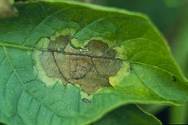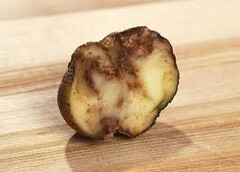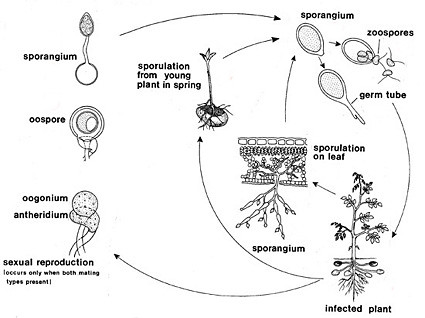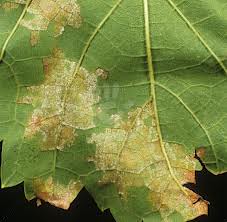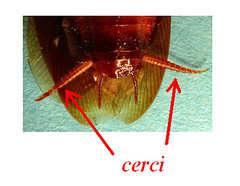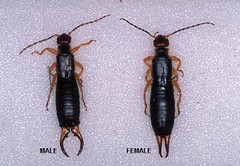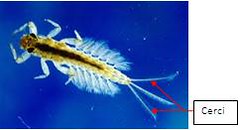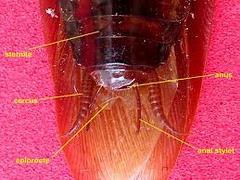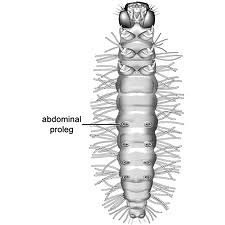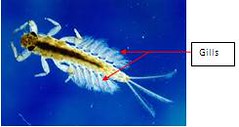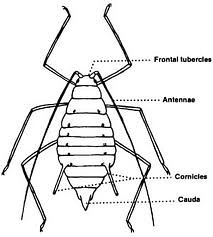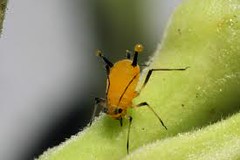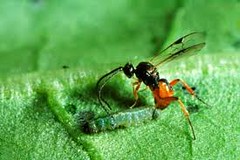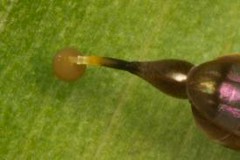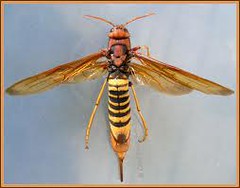Food intoxication is a health condition which caused by
consuming contaminated food that contains certain toxins. It can be caused by
- Due
to naturally occurring toxins in some foods. Ex: Endemic ascitis (Pyrrolizidine
alkaloids)
- Due
to toxins produced by certain bacteria. Ex: Botulism, Staphyloccal toxins
- Due
to toxins produced by some fungi. Ex: Aflatoxin, Fusarium toxins
- Due
to toxins produced by some algae like dinoflagellates, Diatoms, Cyanobacteria
- Due
to food-borne chemical poisoning
However,
most common food intoxication is caused by the toxins produced by certain
bacteria. It involves food poisoning in which the organism grows in food and
releases a toxin from the cells. The presence of organism in the food is irrelevant to disease
production. It is the toxin that gives rise to the disease. Bacterial toxins
that produce intoxications are exotoxins of either enterotoxin (affecting the
gut) or neurotoxin (affecting the nervous system).
|
Type of food poisoning
|
Causative agent
|
Type of toxin
|
Mode of transmission
|
Food commonly involve
|
|
Staphylococcus food poisoning
|
Staphylococcus
aureus
|
Enterotoxin
|
Sources from where microorganisms
enter food
|
Meat, fish, milk, poultry, custards,
cream
|
|
Botulism
|
Clostridium
botulinum
|
Neurotoxin
|
Spores are transferred from soil into
food
|
Damaged leaky and rusty cans or cans
with broken seals
|
|
Bacillus
cereus food poisoning
|
Bacillus
cereus
|
Enterotoxin
|
Spores from soil to food such as
cereals and grains
|
Chinese fried rice spices, reheated
boiled rice, corn flour sauce
|
|
Perfringes
|
Clostridium
perfringens
|
Enterotoxin
|
From human feces to food via hand,
flies
|
Meat dishes, reshuffled dishes,
reheated dishes, pie salads
|
Staphylococcus food poisoning
The
causative agent Staphylococcus aureus
is gram positive coccus that occurs in singles, pairs, chains, tetrads and
irregular shaped clusters. It is present in all places in the environment. Only
those strains that produce enterotoxin can cause food poisoning. Food is
usually contaminated from infected food handler with an active lesion or
carriage can contaminate food.
Pathogenesis: When the food is stored at room
temperature for a considerable time period the organism may multiply in the
food and produce toxins. S.aureus produces
six serologically different types of enterotoxins (A, B, C, C2, D and E). Most
food poisoning is caused by enterotoxin A. Isolates commonly belong to phage
type III. These enterotoxins are known to be heat stable. The type B is the most
heat resistant. Enterotoxins that are inactivated in low temperatures can
undergo reactivation in some food. Ingestion of as little as 23 µg of
enterotoxin can induce vomiting and diarrhoea. Staphylococcal enterotoxins act
as super antigens, binding to MHC II molecules and stimulating T cells to
divide and produce lymphokines such as IL-2 and TNF-alpha, which induces
diarrhea. The toxin acts on the receptors in the gut and sensory stimulus is
carried to the vomiting center in the brain.
Incubation
period: Usually 1-6 hours
as it’s a preformed toxin.
Clinical
features: The onset
is sudden and is characterized by vomiting and diarrhea but no fever. The illness
lasts less than 12 hours. There are no complications and treatment is usually
not necessary.
Botulism
The
causative agent is a gram positive anaerobic spore bearing bacillus that is
widely distributed in soil, sediments of lakes and ponds, and decaying
vegetation.
Pathogenesis: There are seven toxigenic types of
the organism exist, each producing an immunologically distinct form of
botulinum toxin. These neurotoxins are designated A, B, C1, D, E, F, and G. The
spores may germinate and produce botulinum toxin when contaminated food has
been inadequately sterilized or canned improperly. The toxin is released only
after the death and lysis of cells. The toxin resists digestion and is absorbed
by the upper part of the GI tract and then into the blood. It then reaches the
peripheral neuromuscular synapses where the toxin binds to the presynaptic
stimulatory terminals and blocks the release of the neurotransmitter
acetylcholine. This results in flaccid paralysis. Even 1-2 µg of toxin can be
lethal to humans.
Clinical
features: Vomiting,
thirst, dryness of mouth, constipation, blurred-vision, difficulty in speaking,
breathing and swallowing. Coma or delirium may occur in some cases. Death may
occur due to respiratory paralysis within 7 days.
Bacillus cereus food poisoning
The
causative agent Bacillus cereus is a
gram positive aerobic spore bearing bacillus. It is found abundantly in
environment and vegetation.
Pathogenesis: Sporulation is associated with
toxin production. This bacterium causes two types of food-borne intoxications;
the ‘emetic-type’ or the short incubation type and ‘diarrheal form’ or the long-incubation
type. The short-incubation form is caused by a preformed heat-stable
enterotoxin. This is most often associated with fried rice that has been cooked
and then held at warm temperatures for several hours. The toxin is heat-stable,
and can easily withstand the brief high temperatures used to cook fried rice. The
longincubation form of illness is mediated by a heat-labile enterotoxin which
activates intestinal adenylate cyclase and causes intestinal fluid secretion.
This is frequently associated with meat or vegetable-containing foods after
cooking.
Clinical
features: The short
incubation form has an incubation period of 1 to 6 hours. It is characterized
by nausea, vomiting and abdominal cramps and resembles S. aureus food poisoning in its symptoms and incubation period. The
second type is manifested primarily by abdominal cramps and diarrhea with an
incubation period of 8 to 16 hours. Diarrhea may be a small volume or profuse
and watery and it resembles food poisoning caused by Clostridium perfringens. In either type, the illness usually lasts
less than 24 hours after onset.
Perfringes
The
causative agent Clostridium perfringens
is a gram positive anaerobic spore bearing bacilli that is present abundantly in
the environment, vegetation, sewage and animal feces.
Pathogenesis: The bacterium is known to produce
at least 12 different toxins. Food poisoning is mainly caused by Type A
strains, which produces alpha and theta toxins. Spores in food may survive
cooking and then germinate when they are improperly stored. When these
vegetative cells form endospores in the intestine, they release enterotoxins. The
toxins result in excessive fluid accumulation in the intestinal lumen.
Incubation
period: 8-24 hours
Clinical
features: Illness is
characterized by acute abdominal pain, diarrhea, and vomiting. Illness is self-limiting
and patient recovers in 18-24 hours.
